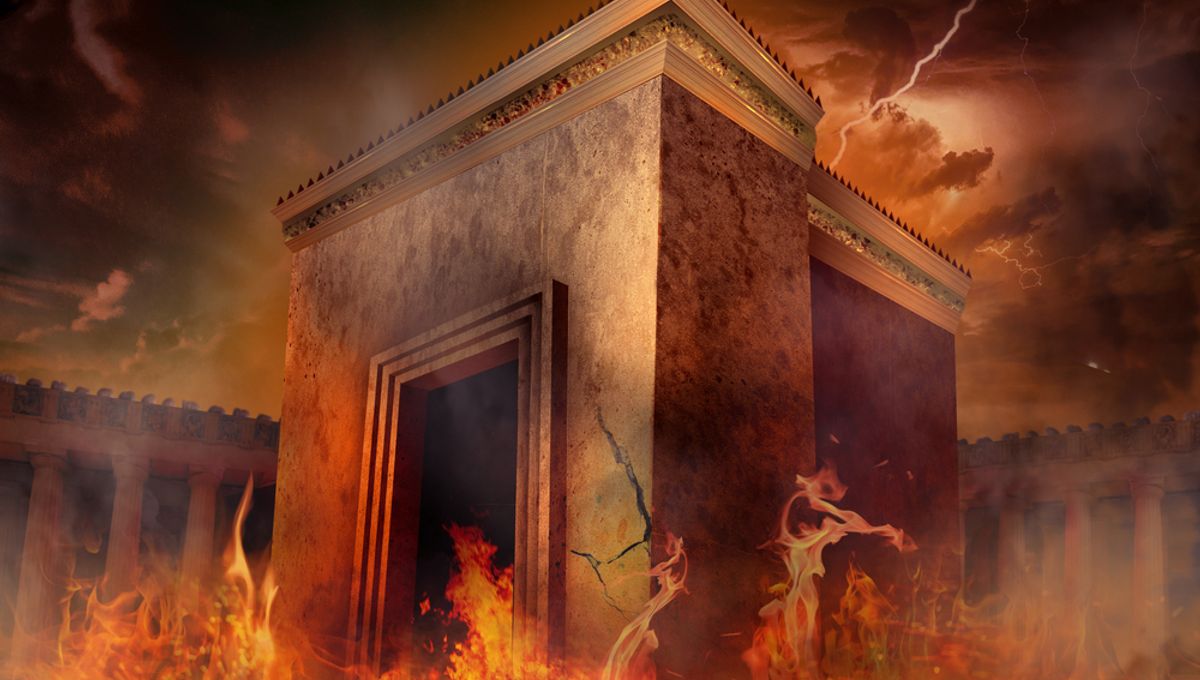
The destruction of Jerusalem by the Babylonians in 586 BCE is considered one of the most important events of ancient times and has left a lasting impact on world religions to this day. However, while the Bible describes how the invaders “set fire to […] all the houses of Jerusalem,” scientists are only now beginning to reconstruct how the famous siege actually went down.
For obvious reasons, recreating a destructive event that happened more than 2,500 years ago is quite a challenge, and it’s difficult to attribute ashes, charred remains, or other evidence of fire to a specific occurrence. However, using a series of advanced analytical techniques, researchers have now managed to reconstruct a Babylonian blaze in one of the buildings that fell during the epic raid.
“Building 100 was an extraordinarily large and rich elite building, thoroughly destroyed during the Babylonian campaign,” explain the authors in the study. Consisting of two stories, the luxury residence is thought to have been occupied until its destruction, and shows clear evidence of burning.
To determine the point of ignition and retrace the path of the blaze, the researchers examined magnetic signals in shards of broken pottery and shattered floor segments found inside the building. Naturally, magnetic signals in Jerusalem generally point northwards, yet some of the artifacts displayed signals pointing in other directions, indicating that they were altered during the original firing of the materials in a kiln.
However, other fragments contained magnetic signals that were closer to north, suggesting that they had been demagnetized at some point after their firing. Given that it takes extremely high temperatures for such signals to be erased, the researchers suspect that these items were engulfed by flames during the Babylonian campaign.
In this way, the study authors were able to build a picture of how the fire traveled through the building. For instance, they discovered that the conflagration was strongest on the upper floor, where a greater proportion of artifacts had been thermally demagnetized.
In contrast, the fire didn’t get going on the bottom floor, probably because the ceiling caved in and smothered the flames below. Of the three rooms on the lower level, two showed no signs of extreme heat while one contained evidence of a short-lived, localized fire that failed to spread.
“The widespread presence of charred remains suggests a deliberate destruction by fire, which was ignited at several locations in the top and bottom floors, with heat rising to burn the ceiling of the bottom floor,” write the researchers. “The spread of the fire and the rapid collapse of the building indicate that the destroyers invested great efforts to completely demolish the building and take it out of use,” they add.
According to the Biblical account of the siege, the legendary First Temple – also known as Solomon’s Temple – was among the buildings burned to the ground by the Babylonians. While no direct archaeological evidence for the temple’s existence (or destruction) has ever been found, this latest study does at least provide the first scientific account of what happened in Jerusalem in 586 BCE.
The study has been published in The Journal of Archaeological Science.
Source Link: Biblical-Era Destruction Of Jerusalem By Babylonians Reconstructed By Ancient Fire Analysis